 Abraham Lincoln
If given the truth, the people can be depended upon to meet any national crisis...
Abraham Lincoln
If given the truth, the people can be depended upon to meet any national crisis...
 Guildford news...
for Guildford people, brought to you by Guildford reporters - Guildford's own news service
Guildford news...
for Guildford people, brought to you by Guildford reporters - Guildford's own news service
Birdwatcher’s Diary No. 267
Published on: 18 Nov, 2022
Updated on: 18 Nov, 2022
By Malcolm Fincham
Out of the blue, and just before November had the opportunity to open its doors, an invite came my way for another late autumn trip to Farlington marshes.
Although not a place one could describe as of outstanding beauty, the marshes more than complements itself with its wealth of waders and wildfowl at this time of year, as well as being conveniently located on the outskirts of Portsmouth just an hour’s drive down the A3 from Guildford.
Once again in the company of Bob and Dougal it was another one of those windows of opportunity as a brief spell of dry weather passed our way.
While a prolonged spell of mild weather allowed me to continue to wear a short sleeved-top and shorts in comfort, even though with the coastal breeze, my friends preferred slightly warmer outfits.
As in my early October report https://guildford-dragon.com/
With the tide still on the rise in the harbour on our arrival, various waders were still in the process of being turfed off the few remaining islands as they slowly submerged below water-level while we viewed beyond the seawall across Langstone Harbour.
As expected, the waders with the shortest legs were the first to take flight to escape their rapidly receding retreats. These included in order of leg length, ringed plovers.
Dunlin.
Grey plover.
And lapwing.
Eventually just one island remained within sight in the harbour. Although distant to view, a few grey plovers jostled to keep a place among the remaining turnstones.
Oystercatchers.
As well as black-tailed godwits all leaving it to the last moment to surrender their sanctuary, taking flight in large flocks across harbour.
Rather than taking immediate flight, the more buoyant wildfowl, such as shelduck, just floated about aimlessly for a while as the ground around them submerged below their webbed feet.
Also among the gathering were now growing numbers of wintering brent geese that had recently arrived from their 2,500-mile journey from their breeding grounds in Siberia.
Pintail ducks were also increasing in their number since my previous visit just a few weeks before, with many already beginning to look quite smart in their plumage.
By the time we had walked to the main lake, many of the waders that had been evicted from the, now submerged islands in the harbour had taken refuge there.
The smaller ones often spooked up by one of the several resident kestrels that were busy hunting around the reserve.
A growing number of teal had also now arrived to winter both in and around the main lake.
Along with an increasing wintering wigeon population.
The lone, long-staying barnacle goose of dubious origin continued to graze out on the marshland.
While several little egrets were also present.
Probably one of my most endearing sightings of the day, and one I spent most of my time watching and photographing from the viewpoint, was an extremely confiding female kingfisher.
She spent her time posing while perched on the various posts jutting from the water just below the seated area that looks out across the lake.
Weather systems driven in from the Atlantic ruled the roost during the first week of November bringing a continued dominance of low pressure and unsettled weather.
While the now absence of a southerly brought temperatures to an average for the time of year. The Met Office issued a yellow warning as storm Claudio began to drive up though the English Channel on November 2.
As much rain fell around the Surrey Hills during the first week of the month as is typical of the entire month. Still, however, surprisingly, at Tice’s Meadow, the waterside hide remained able to visit.
Out on the water the great white egret seen just the previous week there had made a return visit, although it was, once again, no closer to photograph.
Adding to the viewings from the waterside hide was a small raft of wigeon.
Several pochard.
As well as gadwall.
Elsewhere locally, birds noted and photographed included red kites and common buzzards at several locations including Shackleford, near Godalming.
Redwings continuing to deplete the yew berries at Worplesdon churchyard on Perry Hill.
Egyptian geese at Britten’s Pond.
Numerous winter movements of large flocks of wood pigeons around the Surrey Hills.
And even a very late in the year sighting of a slow worm on Crooksbury Common.
Recent Articles
- Opinion: We Should Restore Clandon House
- Police Operation Puts Drug Gang Members Behind Bars
- Letter: Report on Councils’ Collaboration Benefits Has Been Over-hyped
- Council Tenants Unhappy With the Way GBC Handles Their Complaints
- Declaration Marks 750th Anniversary of a ‘Dark Day in Guildford’s History’
- Letter: For Democracy to Work We Need to Engage
- Reported Council Collaboration Savings Contested By Opposition Councillors
- Suspect Arrested Following Collision with Pedestrian in Guildford
- Notice: Free Valuation of Stamps, Coins, Trading Cards and Gold, January 29
- Witness Appeal Following Serious Collision


Search in Site
Media Gallery
Dragon Interview: Local Artist Leaves Her Mark At One of England’s Most Historic Buildings
January 21, 2023 / No Comment / Read MoreDragon Interview: Lib Dem Planning Chair: ‘Current Policy Doesn’t Work for Local People’
January 19, 2023 / No Comment / Read MoreA3 Tunnel in Guildford ‘Necessary’ for New Homes, Says Guildford’s MP
January 10, 2023 / No Comment / Read More‘Madness’ for London Road Scheme to Go Ahead Against ‘Huge Opposition’, Says SCC Leader
January 6, 2023 / No Comment / Read MoreCouncillor’s Son Starts Campaign for More Consultation on North Street Plan
December 30, 2022 / No Comment / Read MoreCounty Council Climbs Down Over London Road Works – Further ‘Engagement’ Period Announced
December 14, 2022 / No Comment / Read MoreDragon Interview: GBC Reaction to the Government’s Expected Decision to Relax Housing Targets
December 7, 2022 / No Comment / Read MoreHow Can Our Town Centre Businesses Recover? Watch the Shop Front Debate
May 18, 2020 / No Comment / Read More



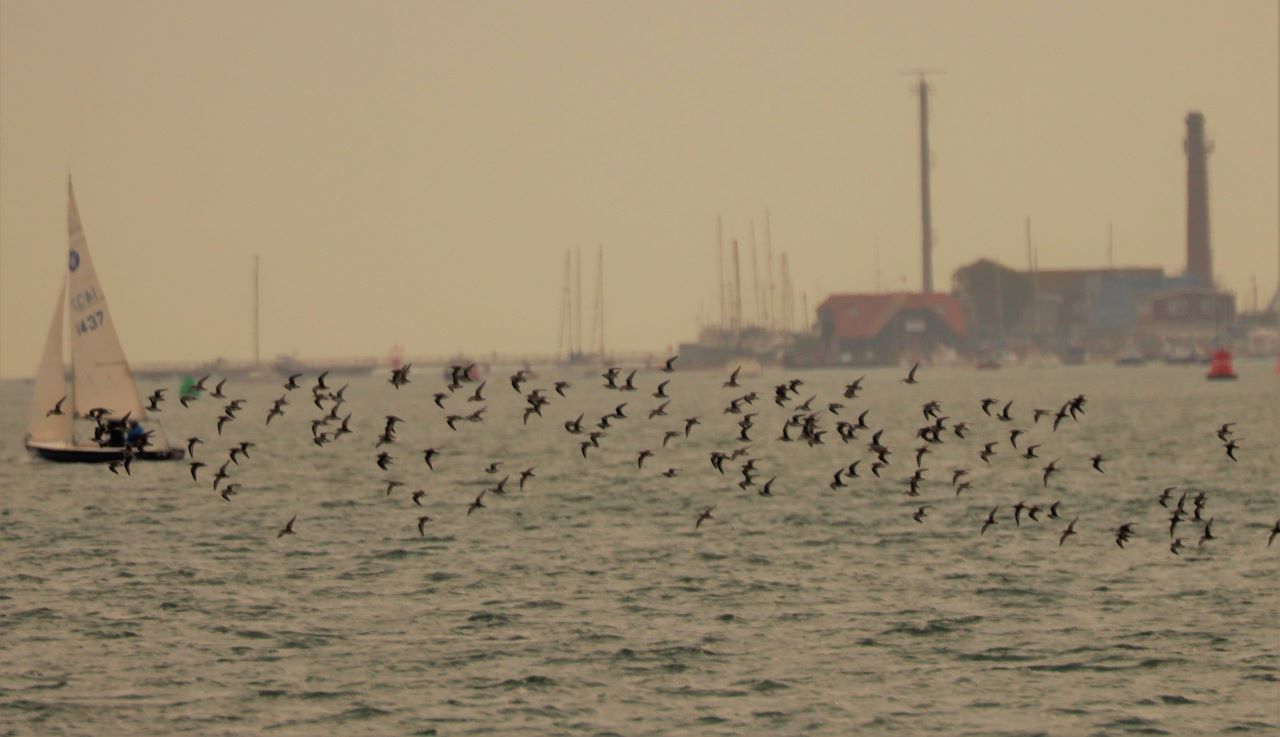
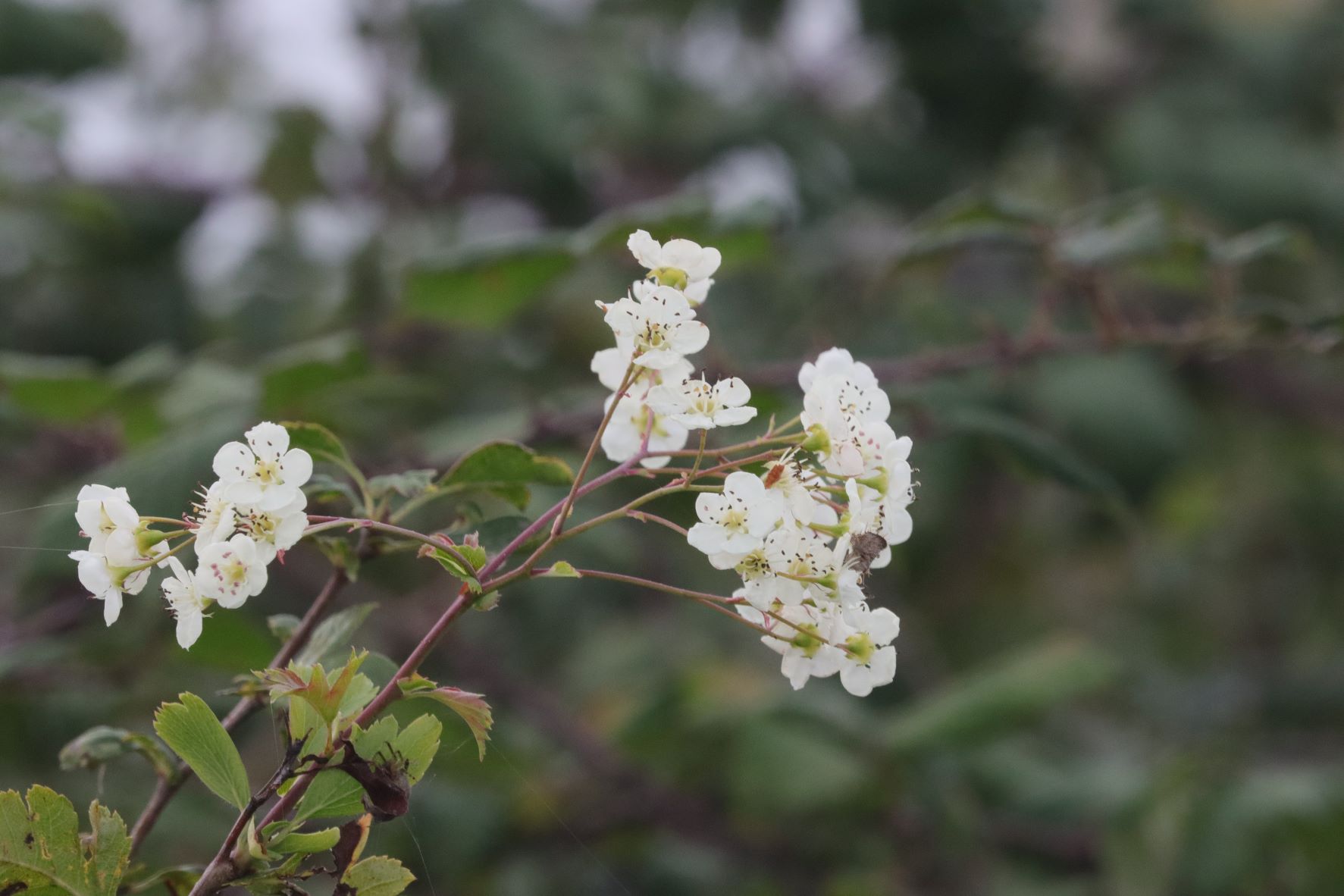
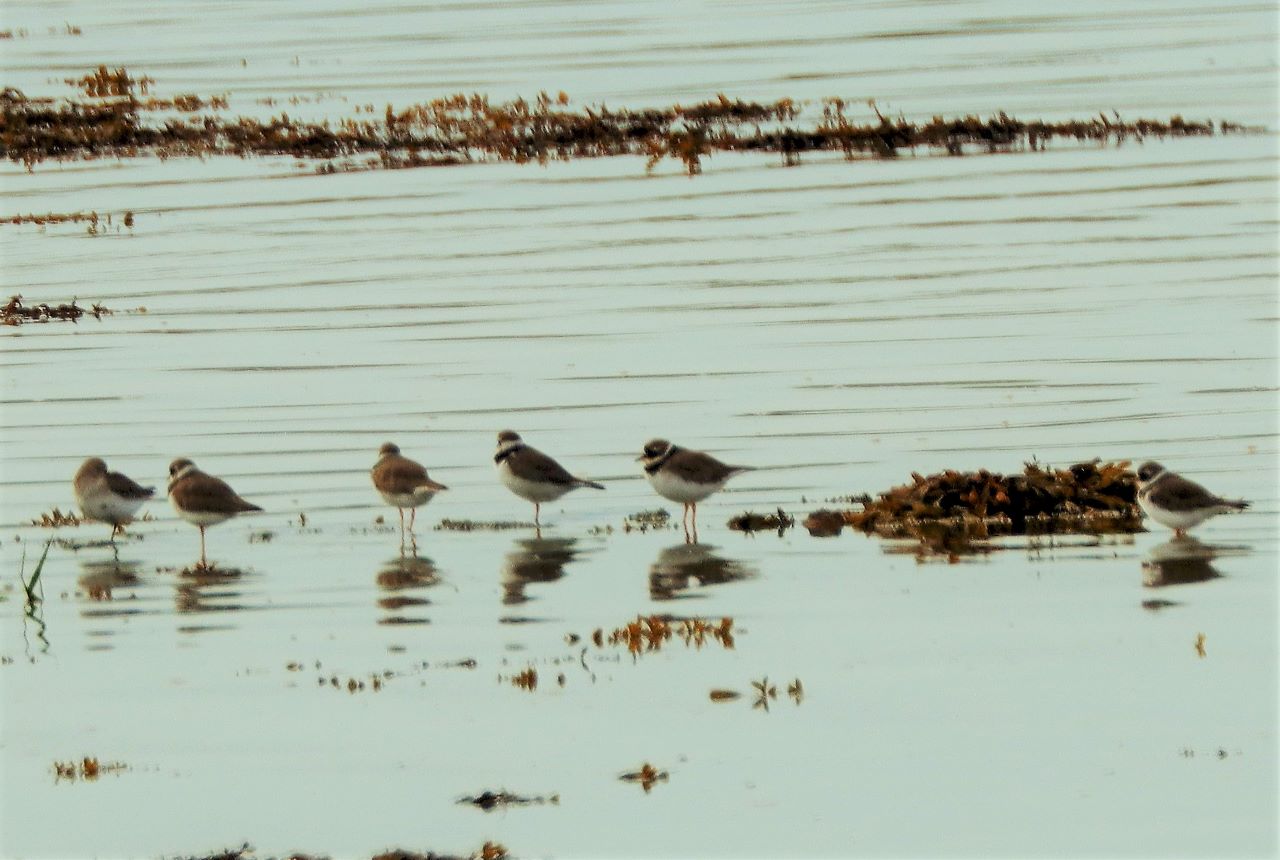
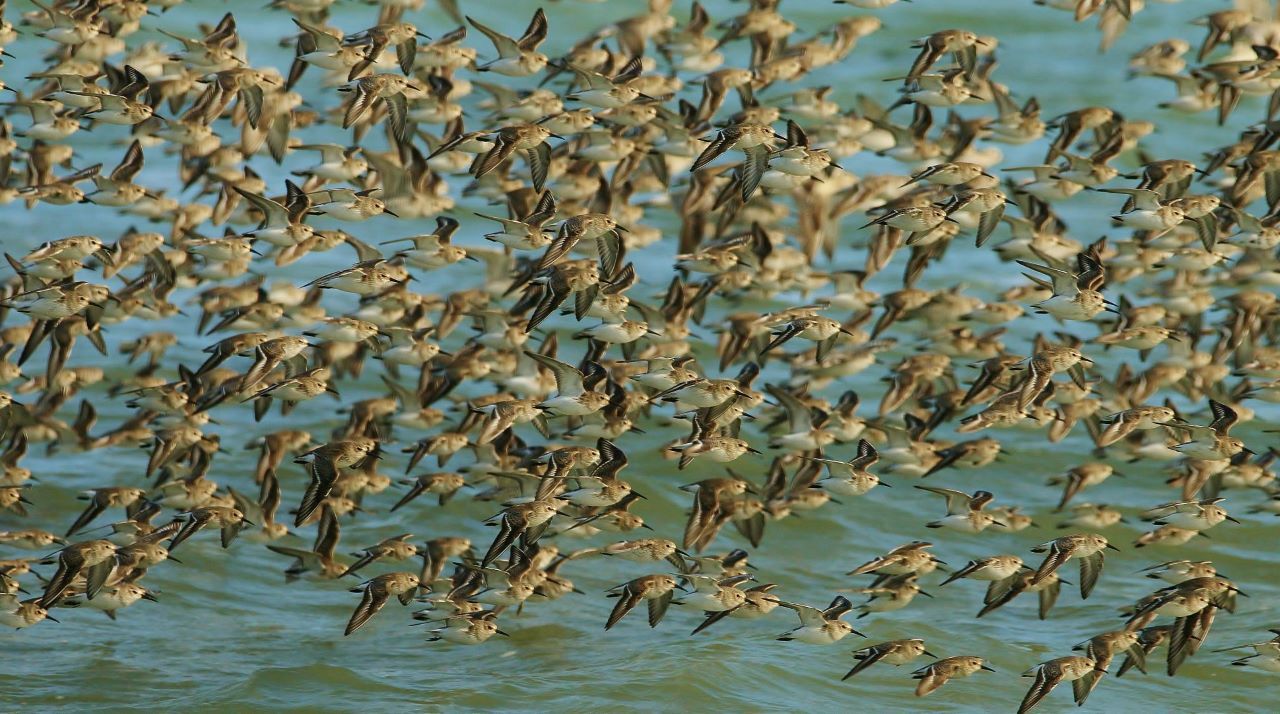
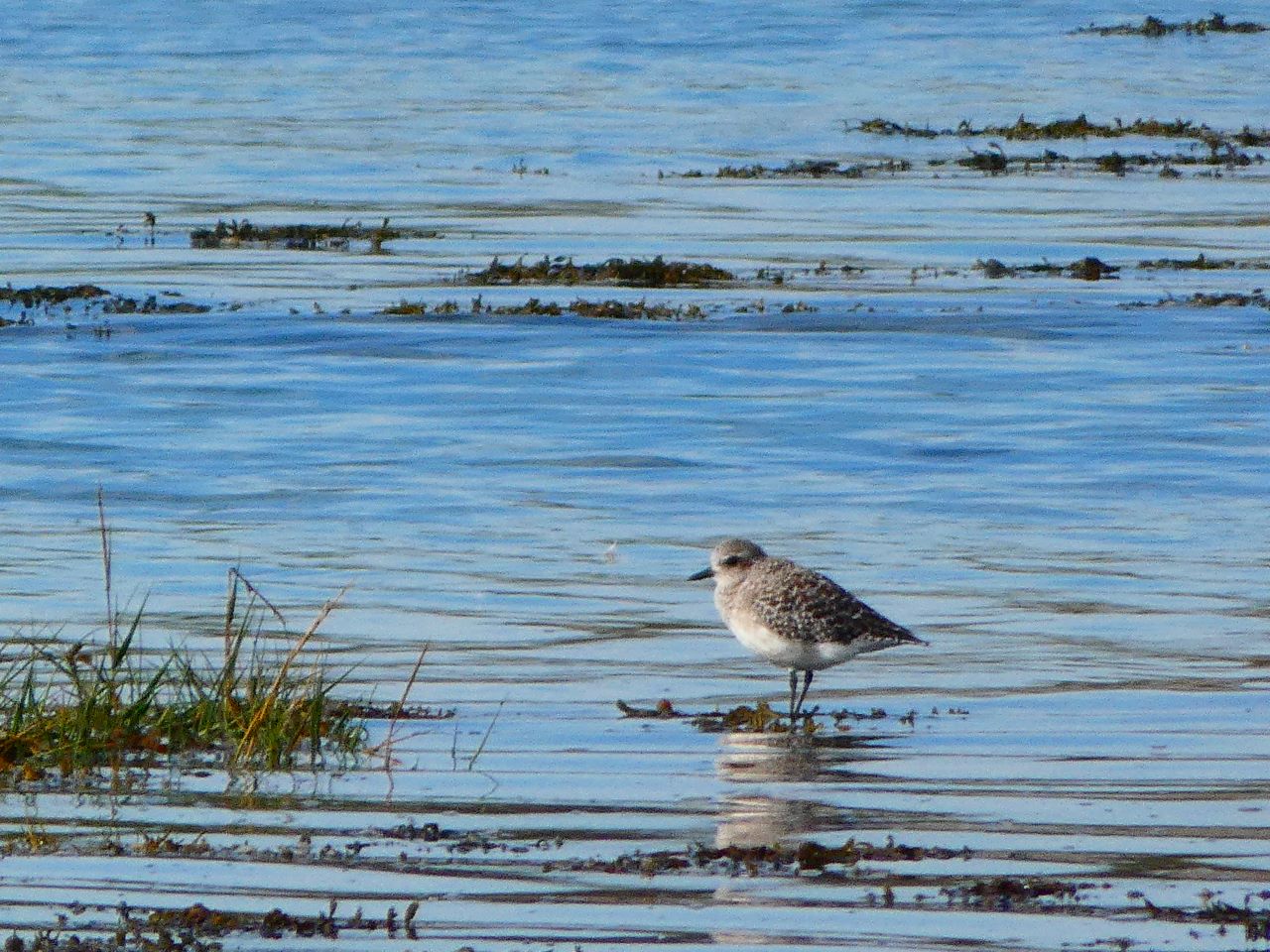
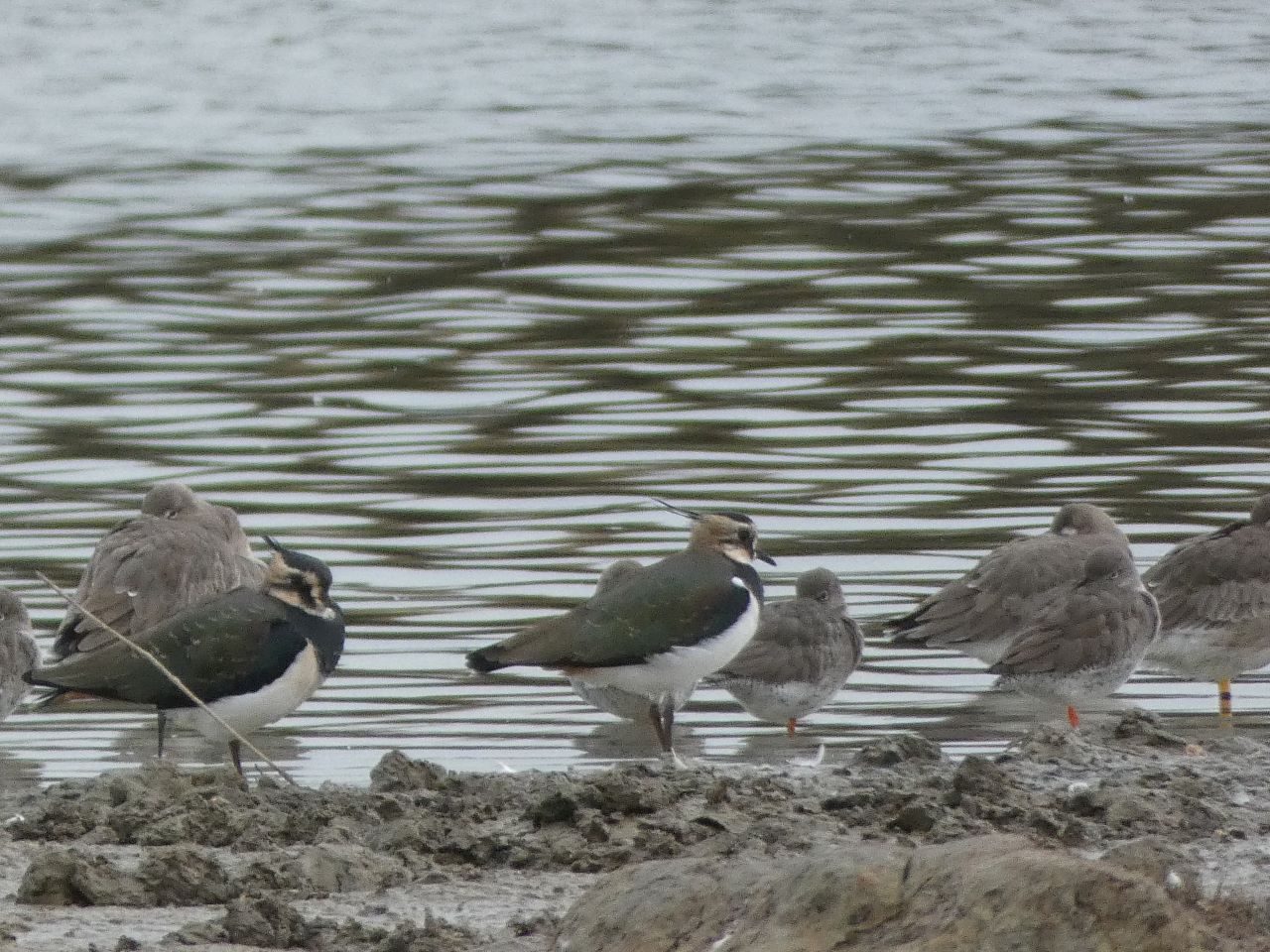
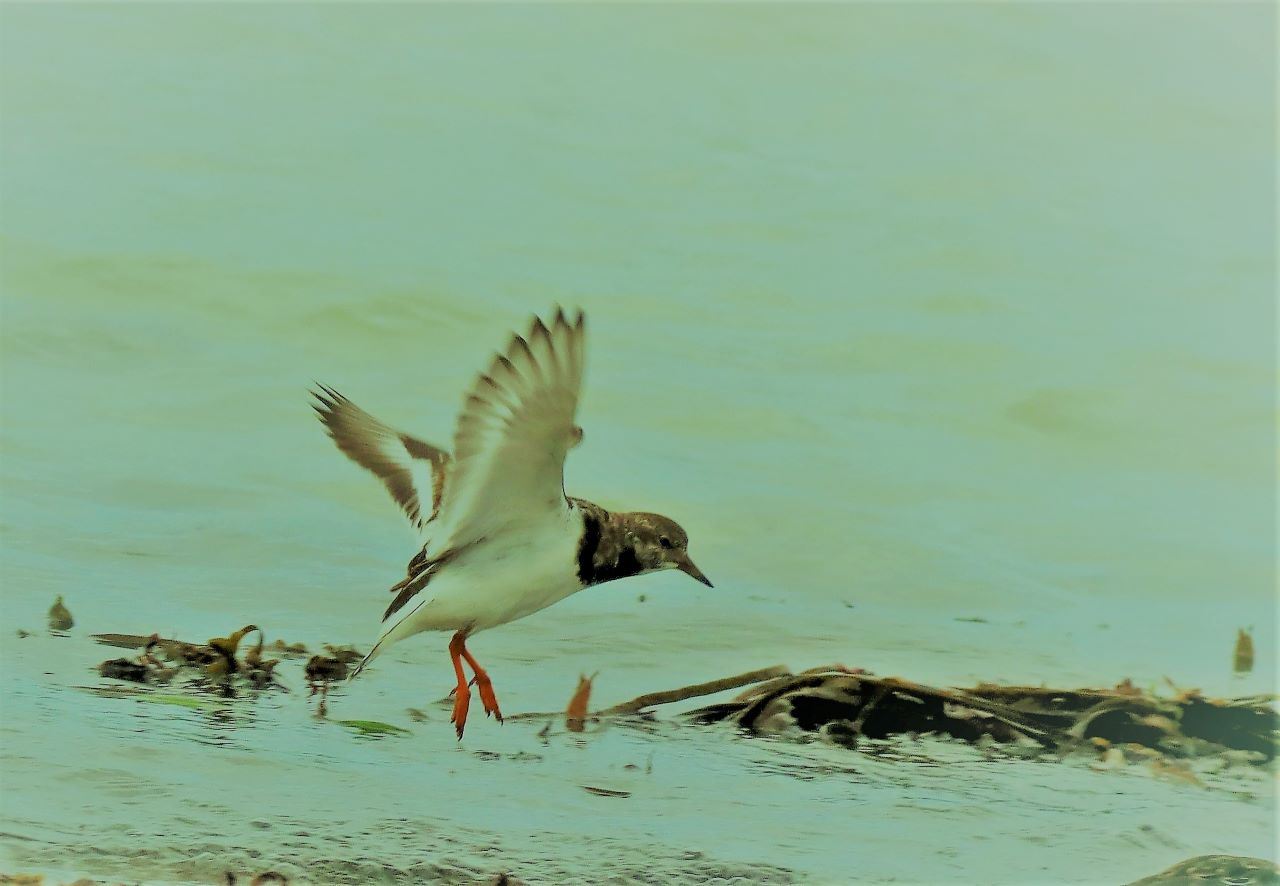
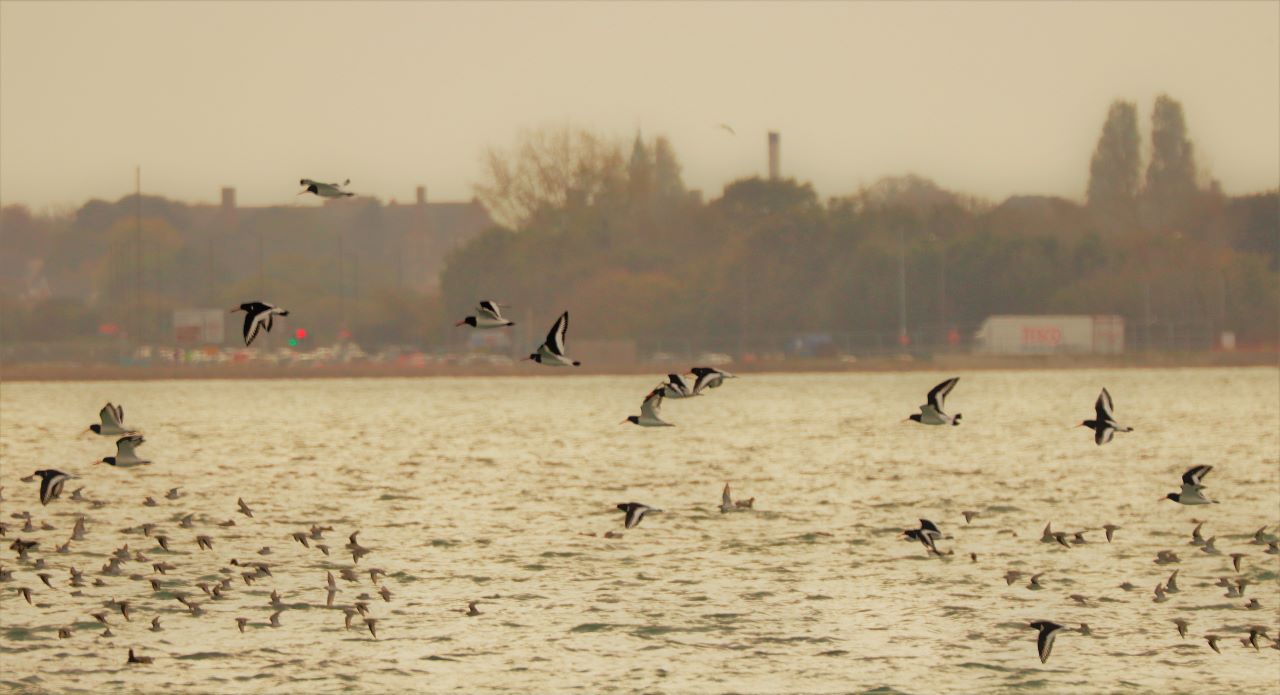
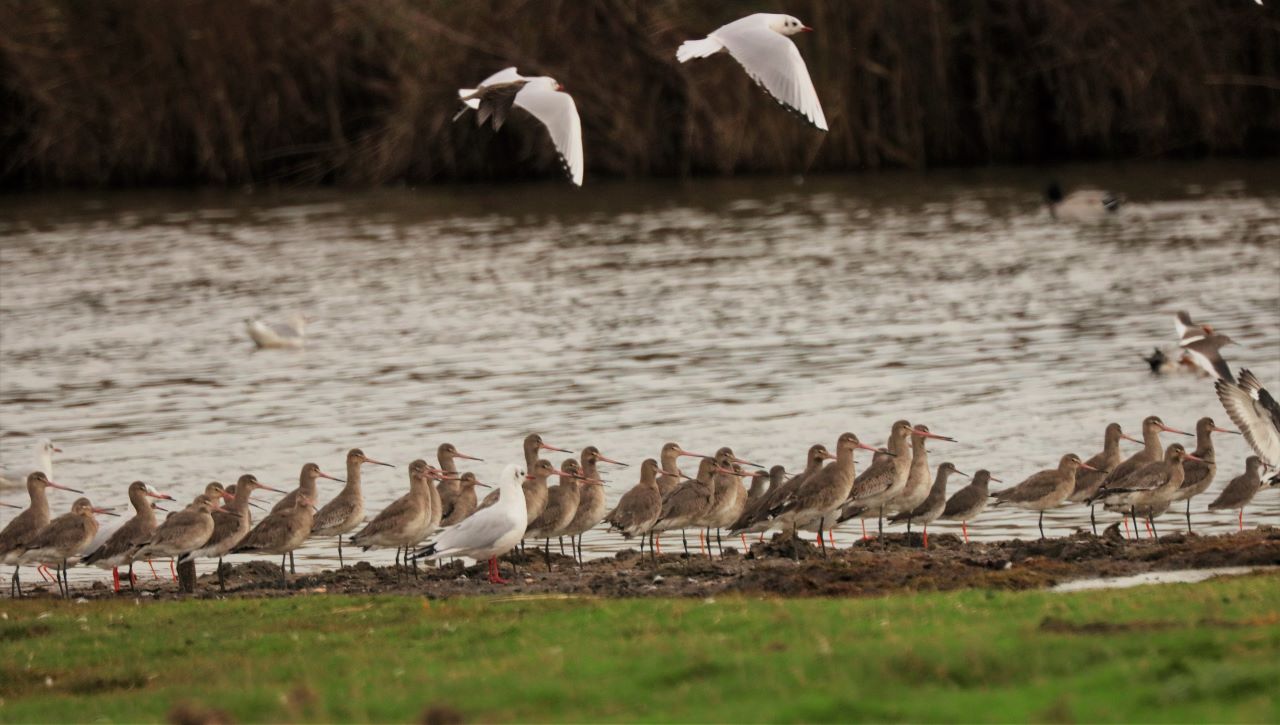
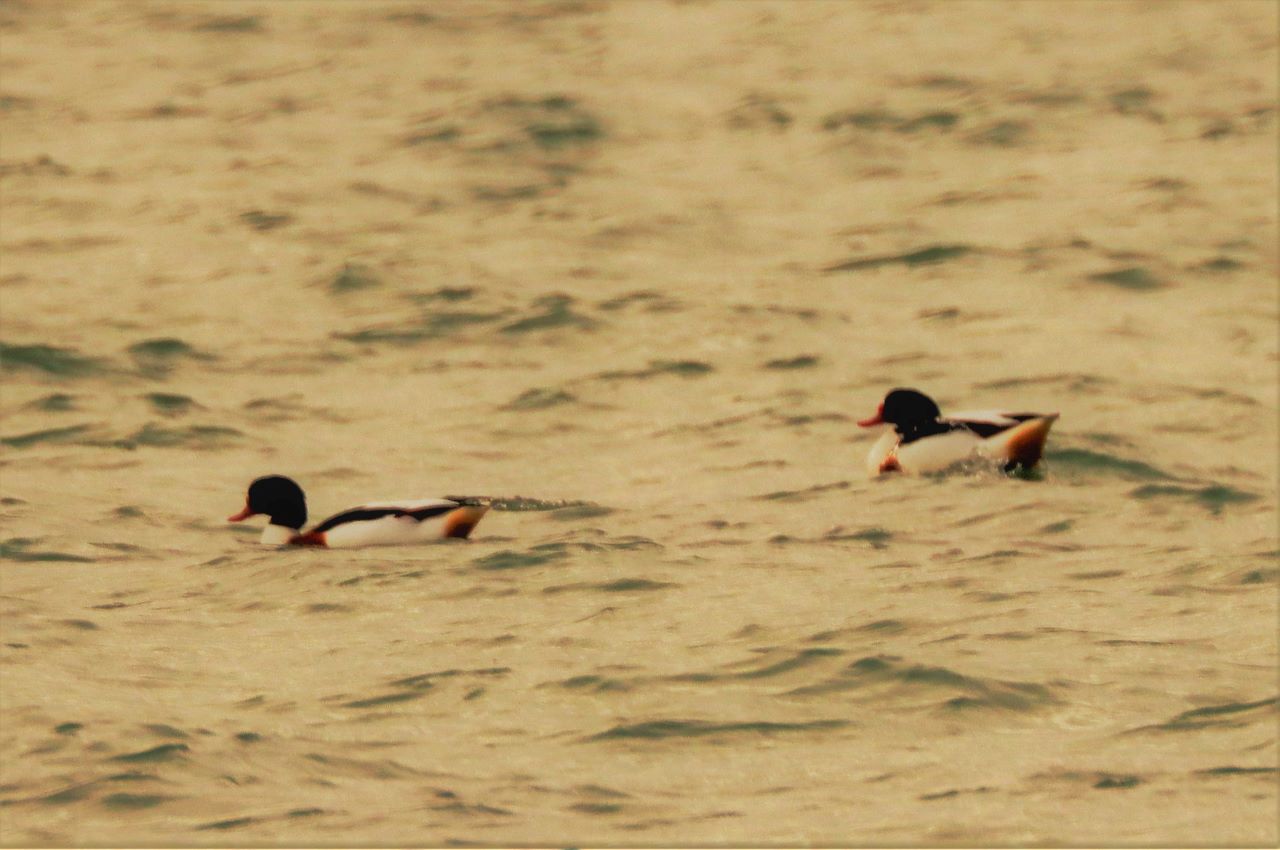
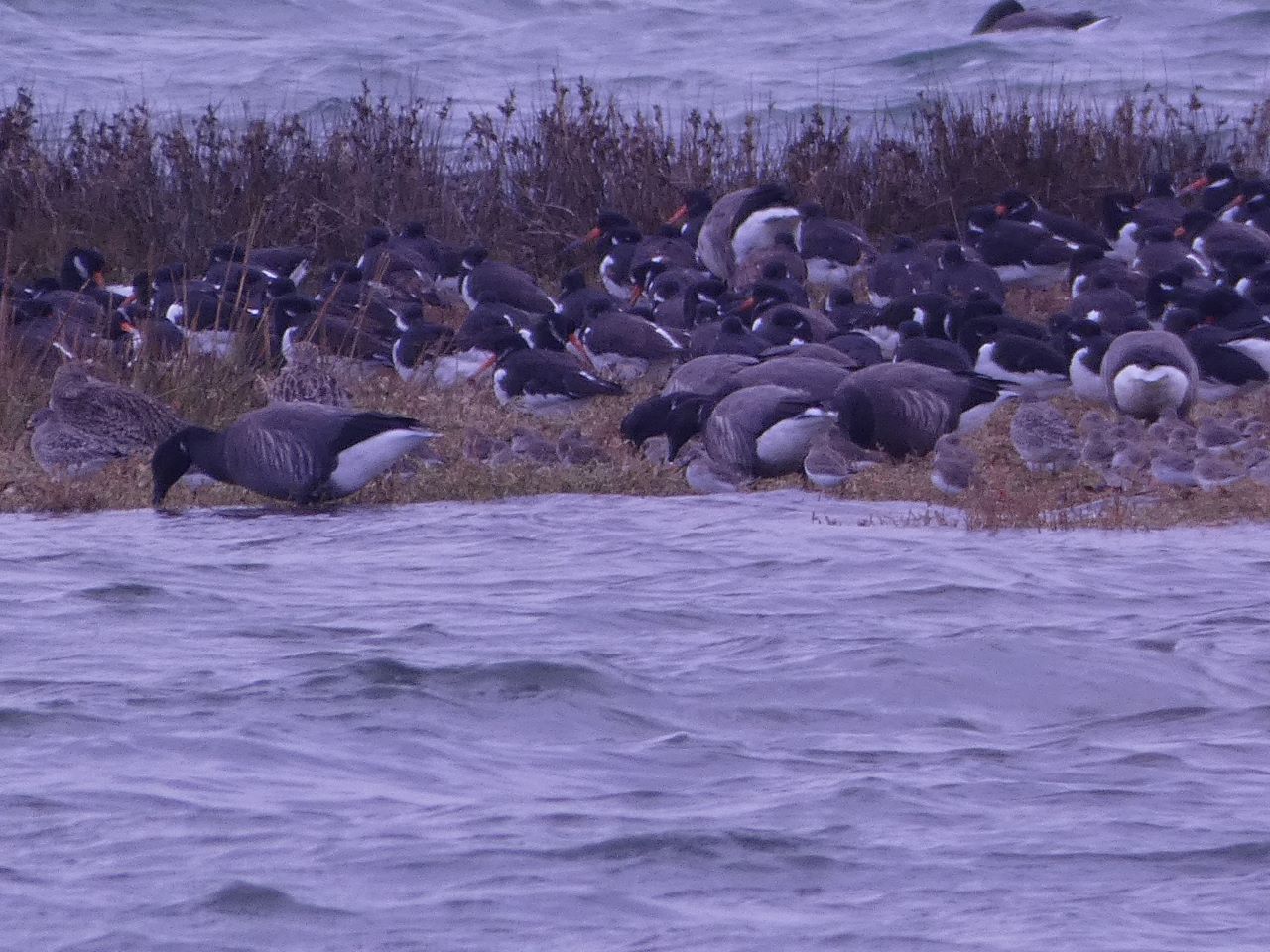


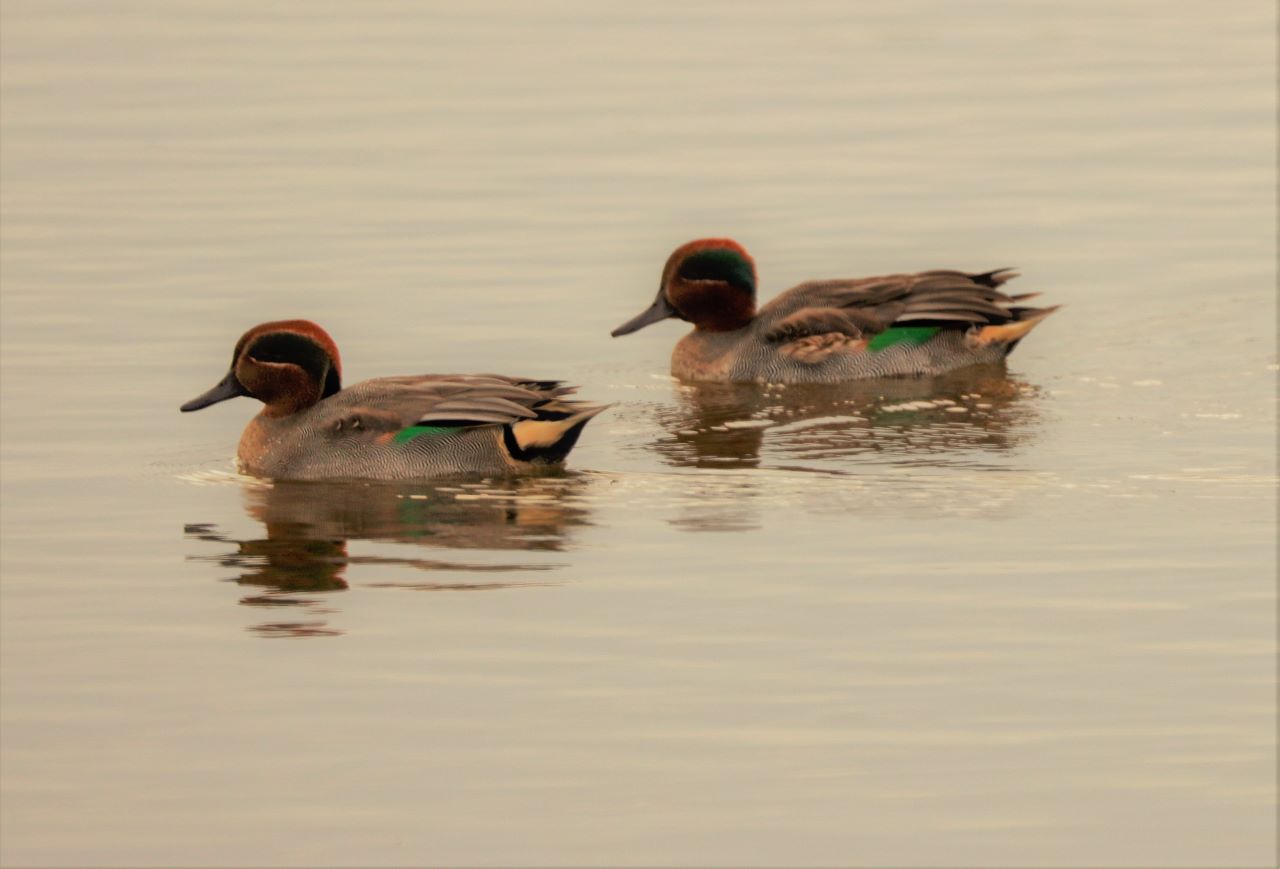
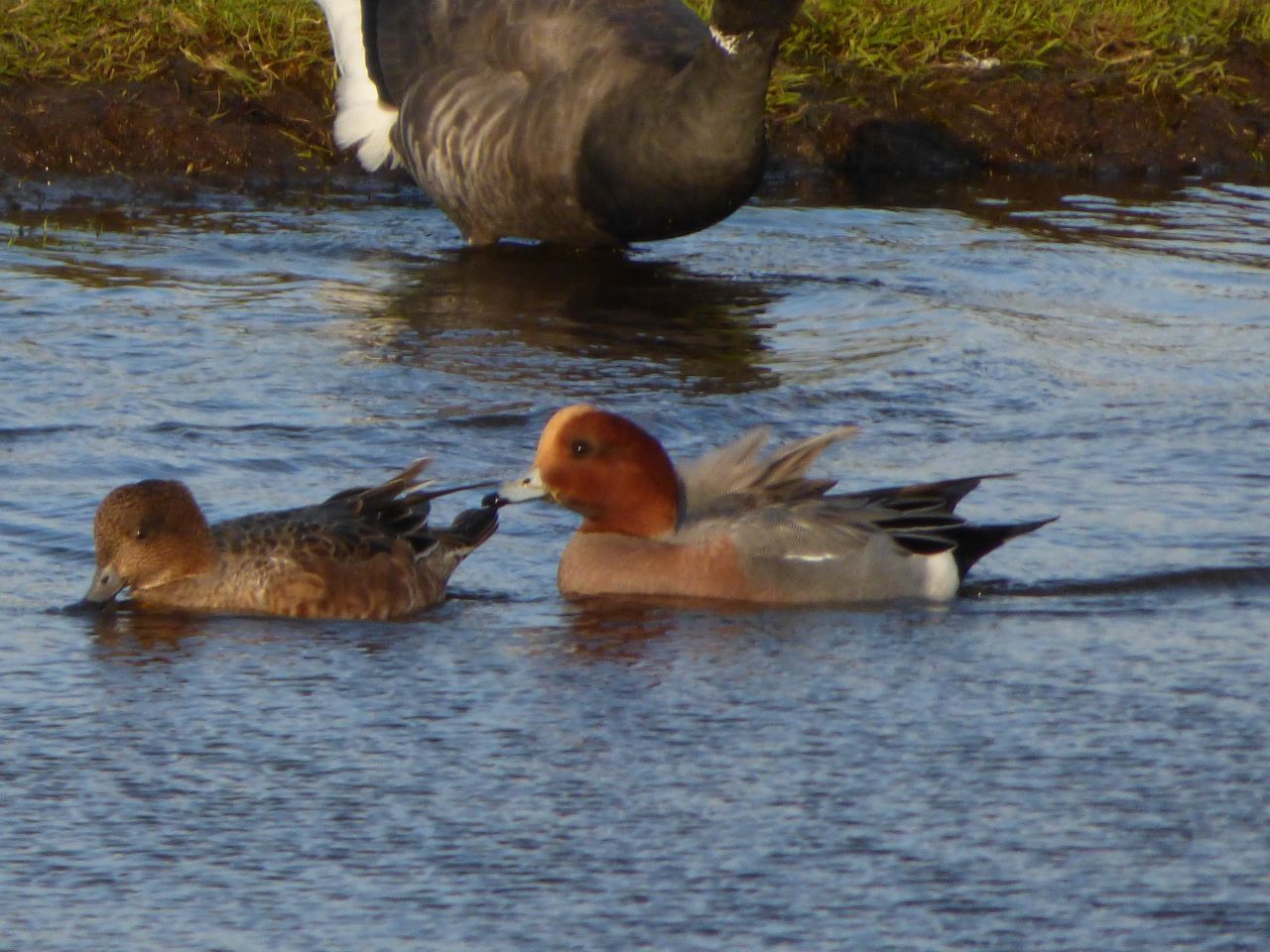
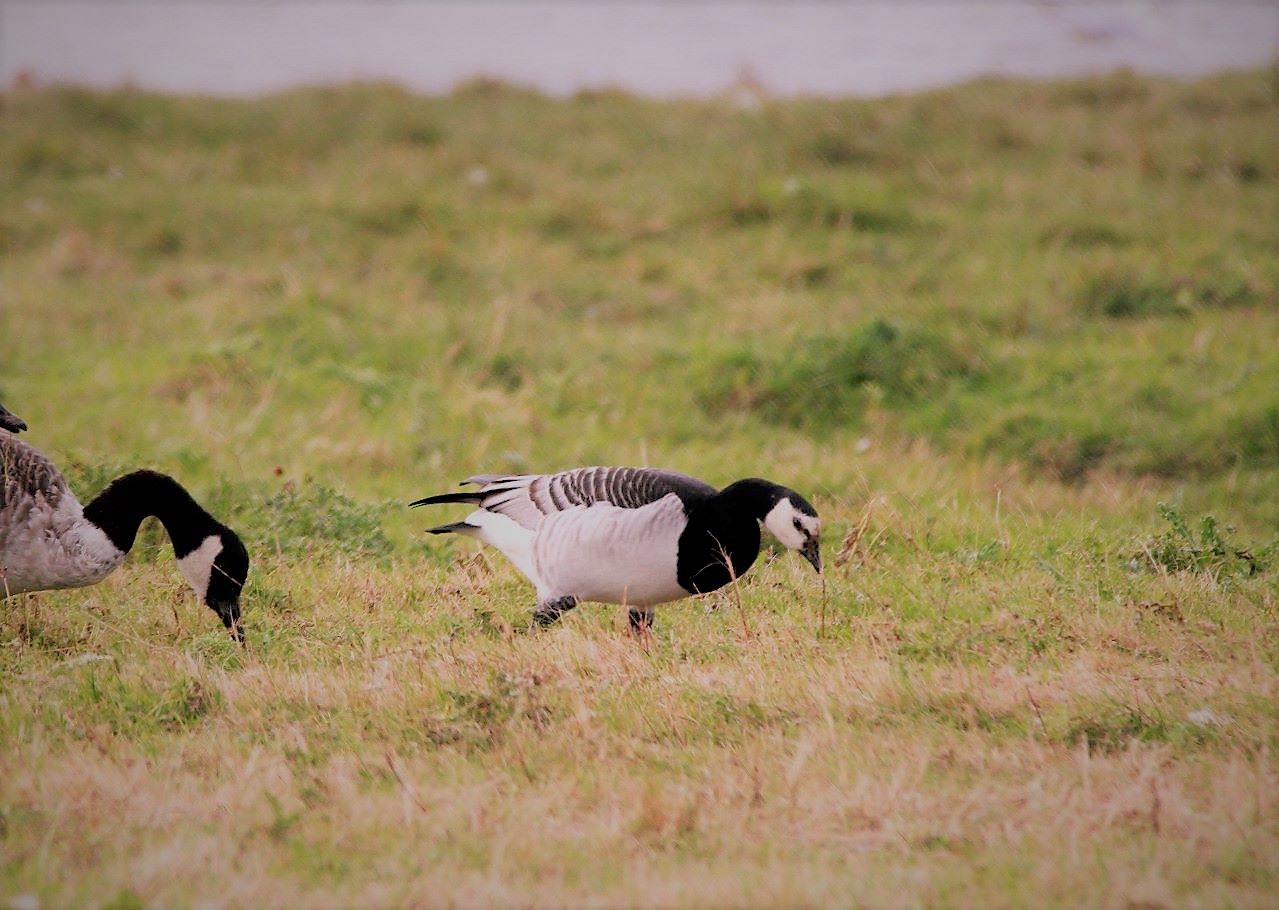



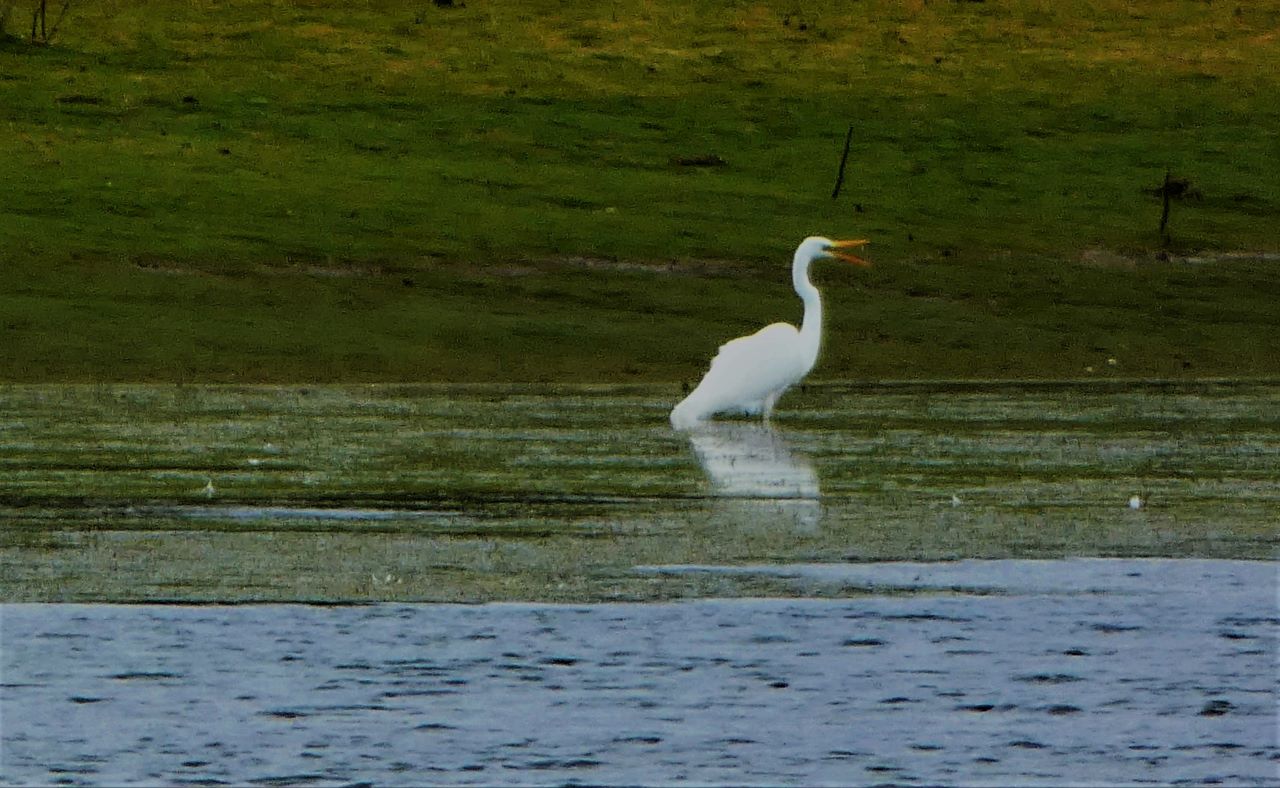
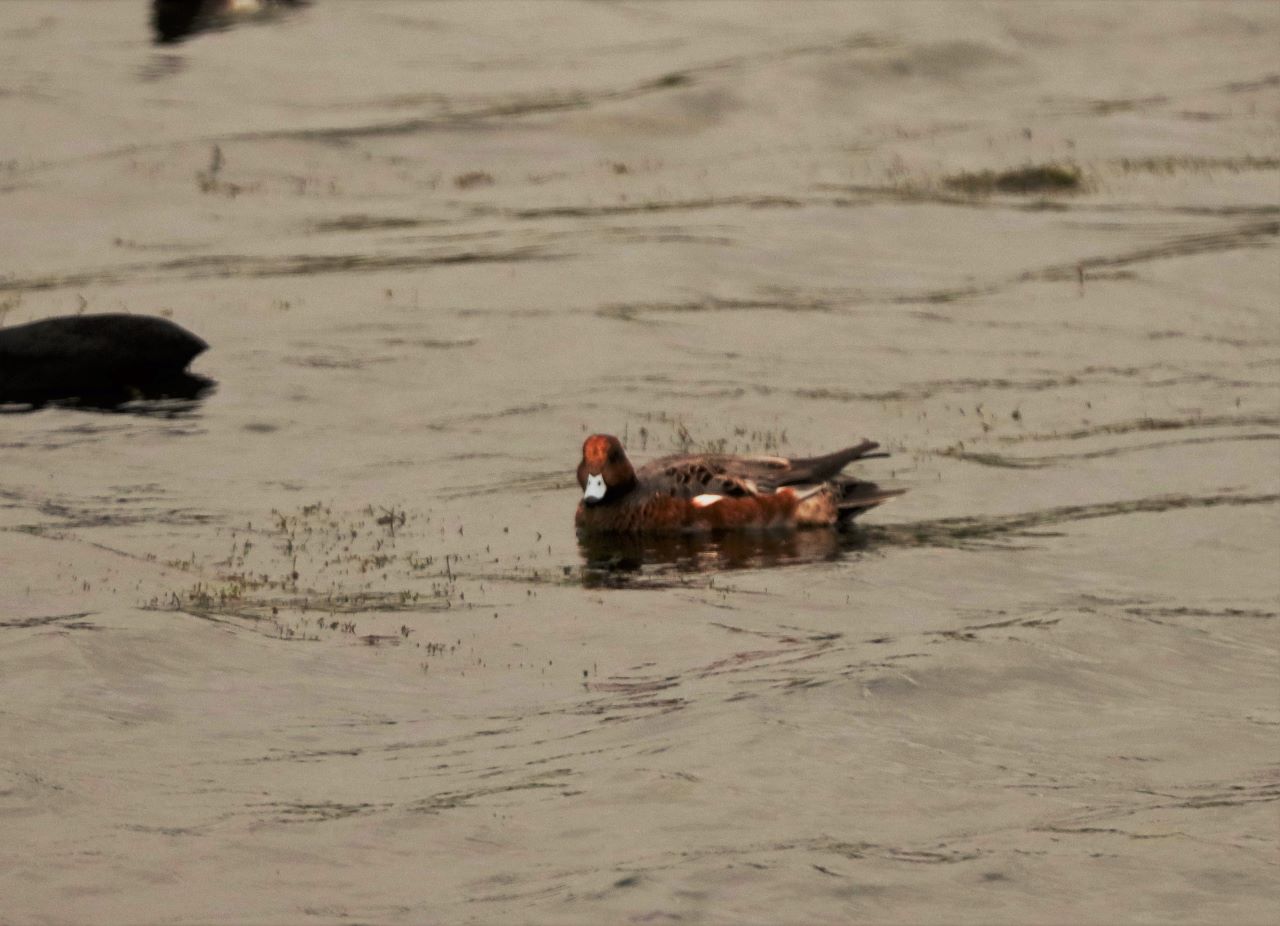
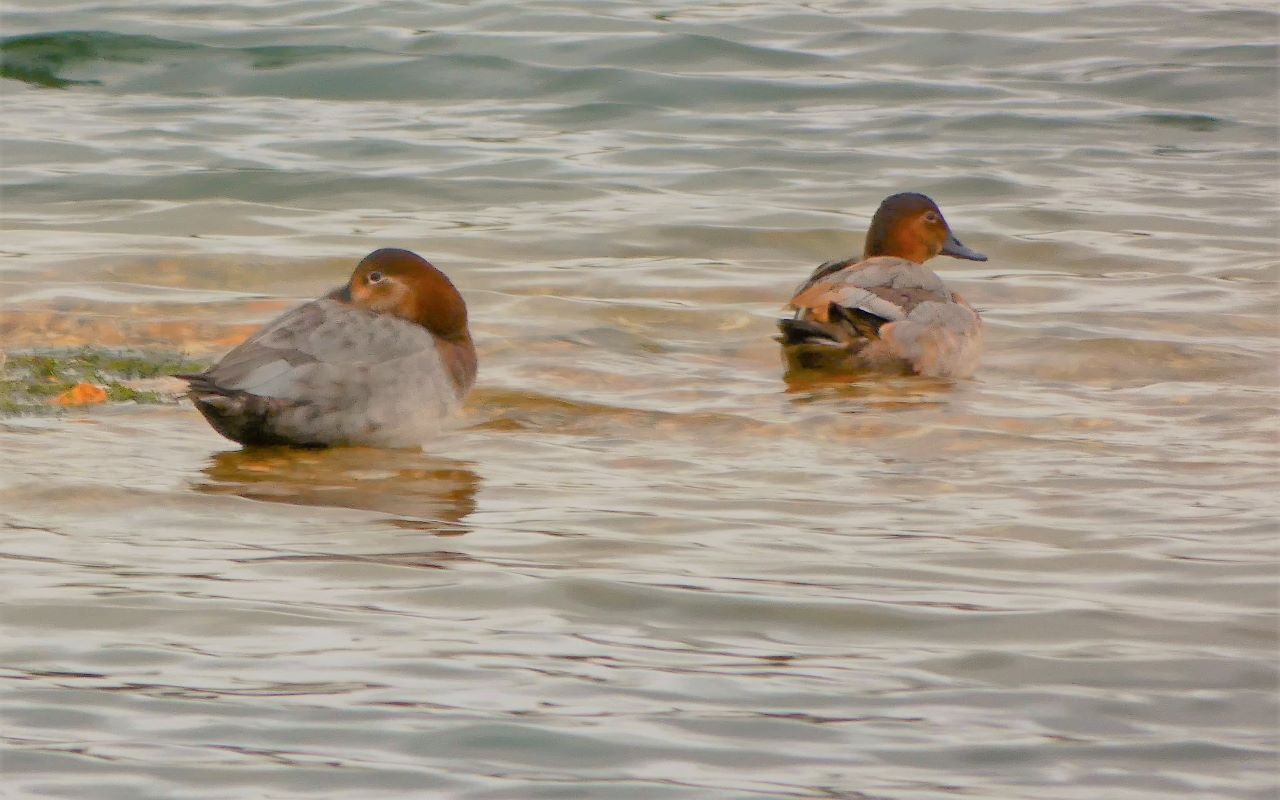
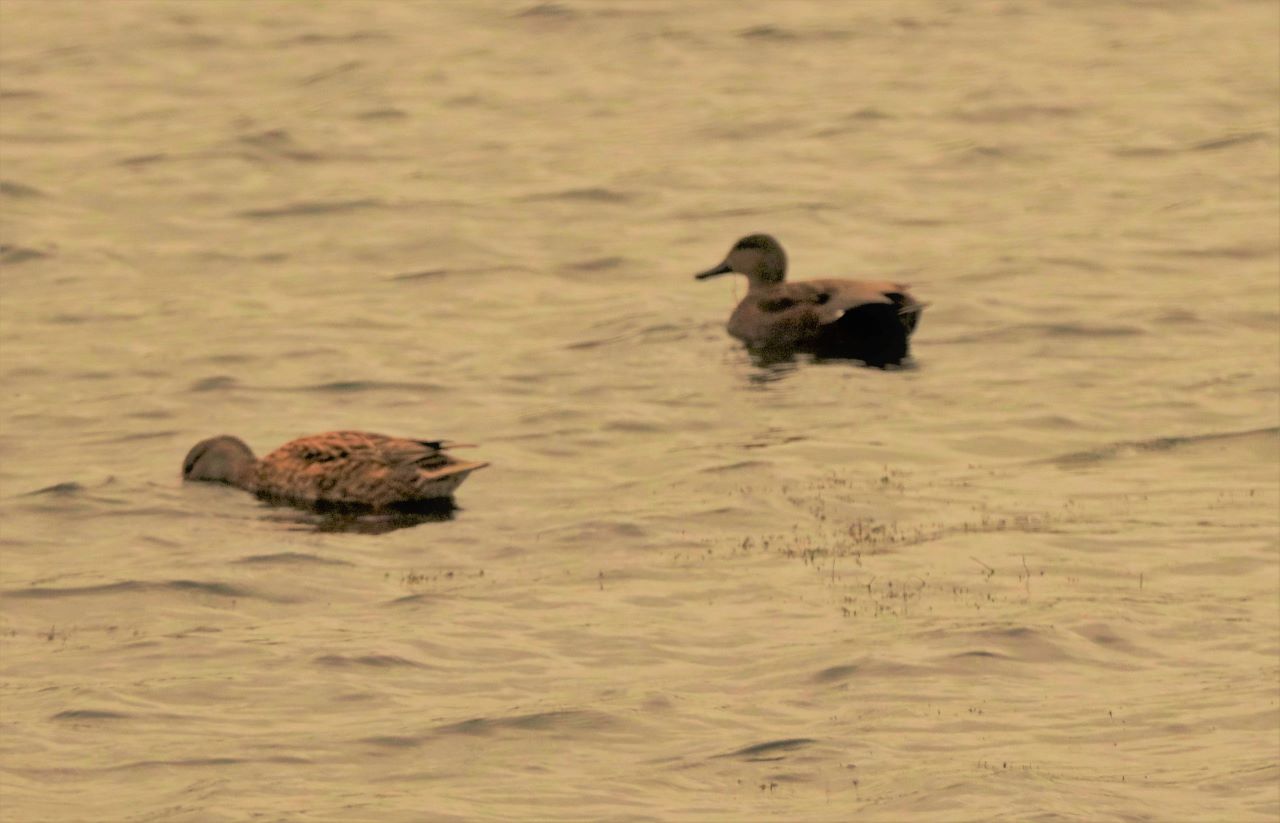



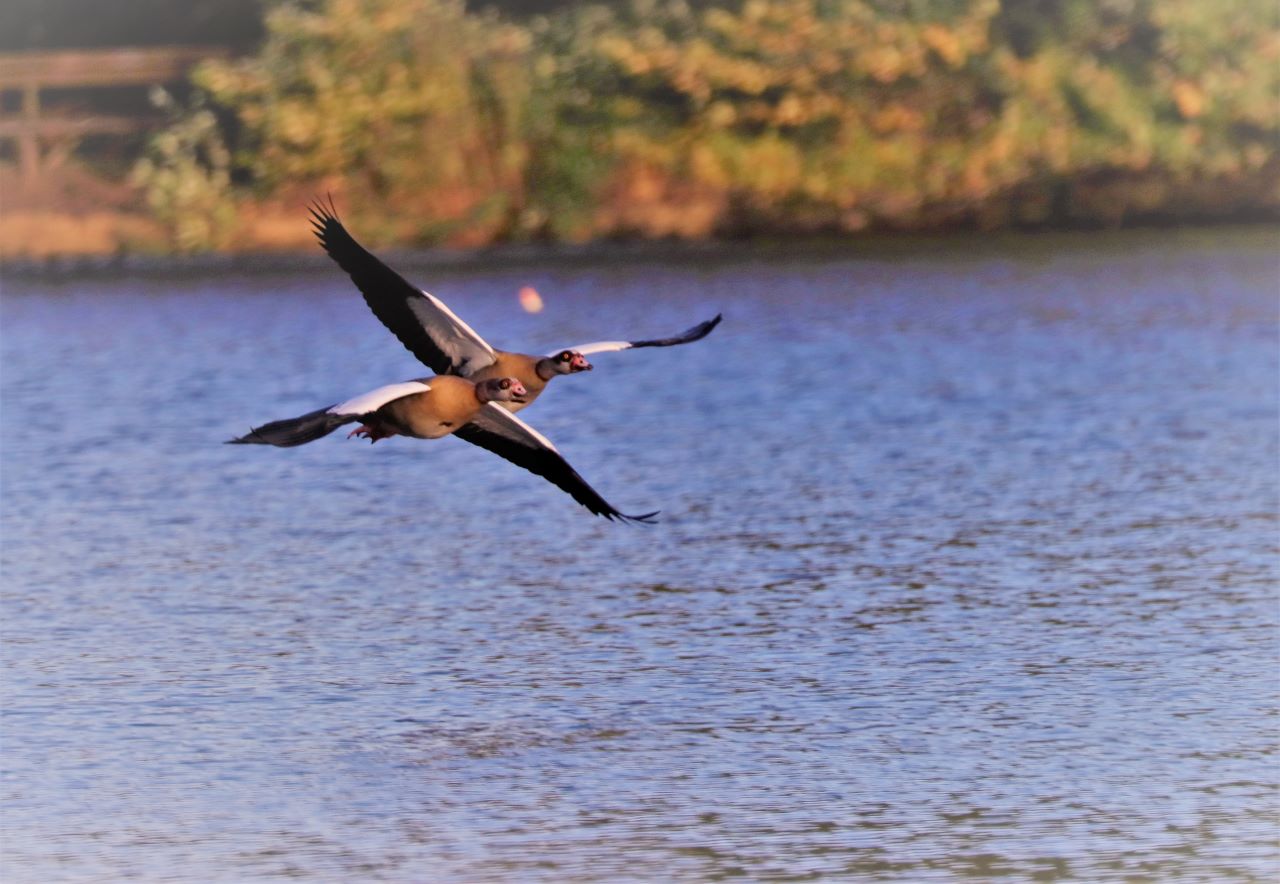
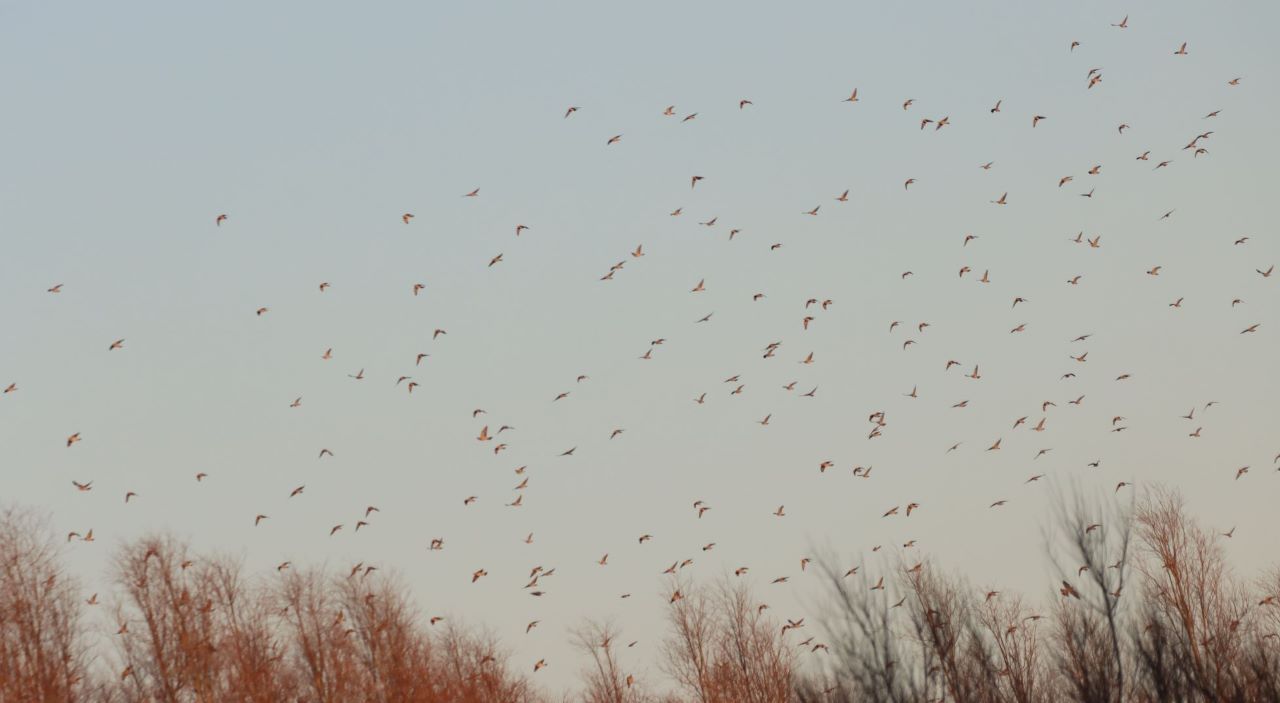
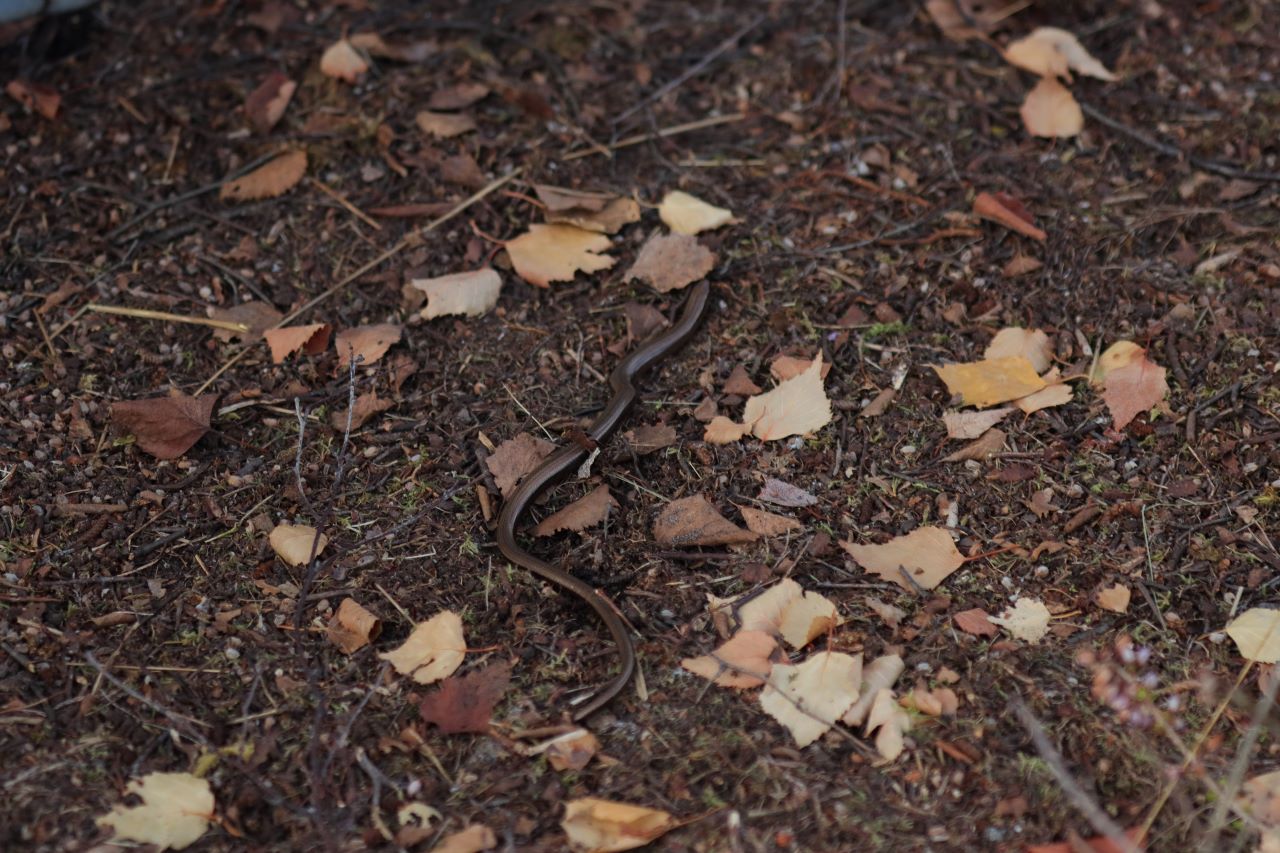






Recent Comments